Projeto - Permacultura no CEA
Day 31
Well, today was the day to raise a bed!
Yap! A bed to put some flowers - we are in spring, so, it's a good choice.
The sun was so hot, that Raquel and Ionut had to protect themselves from the sun. But that didn´t stop them.
They were picking dried leafs, wood and stones from the forest.
And one raised bed took one day to make. It was the hard and stoned soil that made the problem.
Even with a solid as a rock soil, they were able to do it!
And, while they were working, this song kept ringing in their brains!
Is permaculture musical?
And these crazy guys still had time to the a movie with a GIANT larva, what reminds me of the amazing "bear" Grills eating a larva! It still freaks me out!
Lucky larva, because Raquel is vegatarian!
Oh, and the mandarins were finally harvested.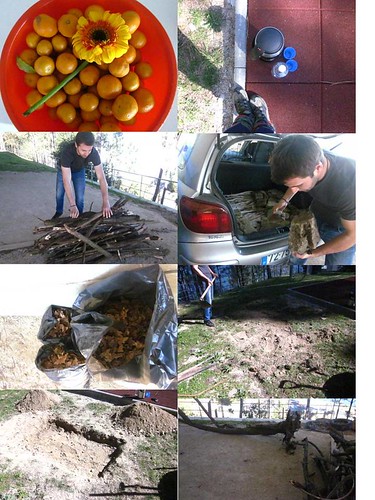
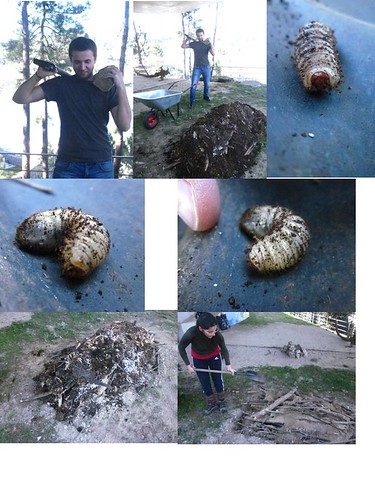


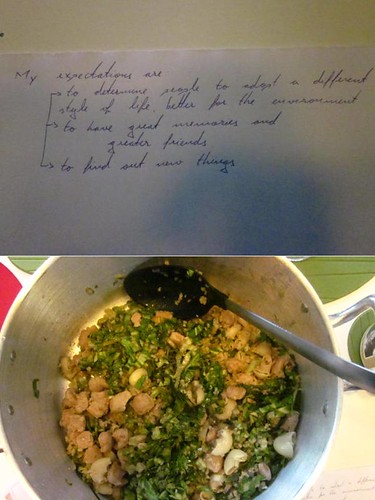
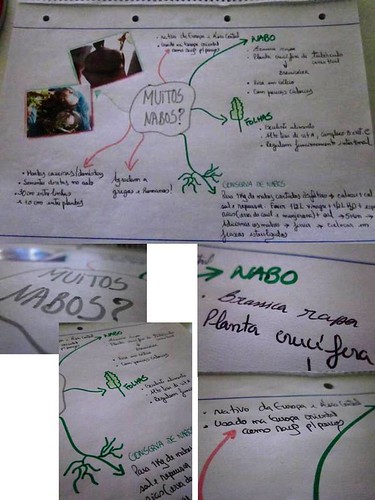
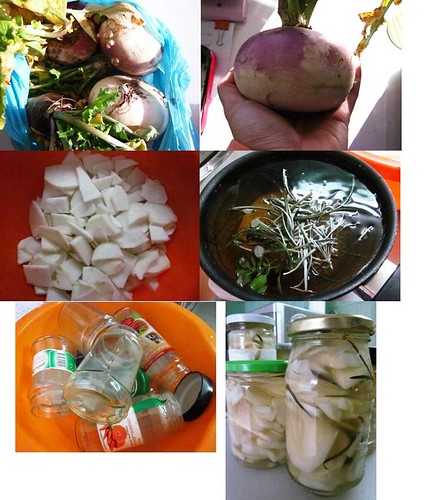
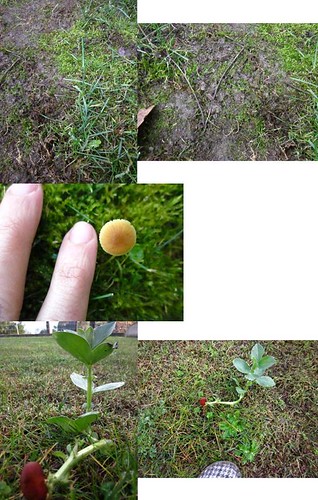
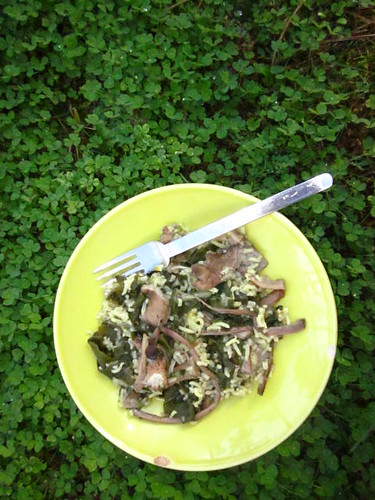
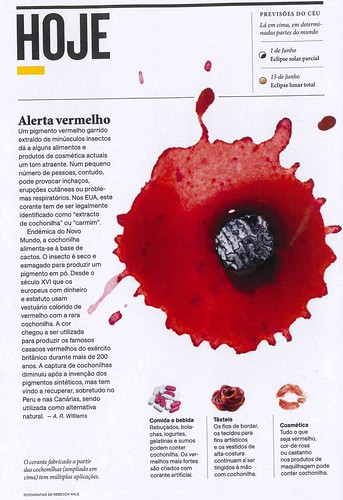








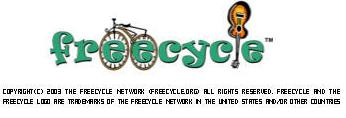
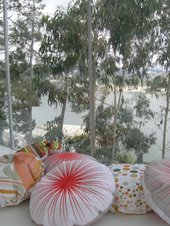
.jpg)
.jpg)










